- Customer Experience
Omnichannel Customer Journey Mapping: The Ultimate Guide


As businesses continue to shift their focus toward providing an integrated customer experience, the need for effective omnichannel customer journey mapping is becoming increasingly important. The mapping helps companies analyze how customers interact with a brand across multiple channels and touchpoints, allowing them to identify areas for improvement.
This in-depth article will cover the relevance of omnichannel customer journey mapping, examine its advantages and drawbacks, and provide an easy-to-follow guide for creating an omnichannel customer journey map.
Why Turn to Omnichannel Customer Journey Mapping?
Omnichannel customer journey mapping is a process of tracking every step customers take when interacting with a brand's product or service throughout their entire journey—from initial discovery to purchase and beyond.
This implies determining which channels consumers use, what product information they search for, and what actions they take at each journey stage. By visualizing it all on the map, businesses can get an overview of the customer experience with the product or service and identify gaps in their current experience that could be hindering conversions, increasing abandonment rates, or causing dissatisfaction.
By understanding these pain points better, companies can figure out how to create a seamless experience for their customers across all channels. As a result, they drive more sales, ensure conversion optimization, and keep customers returning. In other words, understanding how your customers interact with your products or services is key to ensuring them a positive experience that will lead to increased loyalty over time. Here are other reasons to conduct mapping.
Assists with Marketing Campaigns
Understanding the decision-making process of your target audience allows you to create marketing campaigns to meet your clients' needs and answer the frequent and most pressing questions. You can also identify the platforms where customers make more purchases and create promotional campaigns, encouraging users to explore your goods or services on this channel.
Provides Audience Insights
You can feel more empathetic with your customers when following their journey. The map makes it easy to maintain accurate user personas and client profiles. Yet remember that if your software doesn't automatically combine the data in real-time, customer journey maps, buyer personas, and client profiles should constantly be evaluated and updated.
Increases Retention
Since the relationship with the consumers does not end with an order, a comprehensive customer journey map also goes beyond. It has to include onboarding, brand advocacy, and upselling stages to assess and improve them and ensure better retention as a result.
Consolidates Data for the Whole Team
One comprehensive map makes it easier for stakeholders to discuss ways to enhance client experiences and puts staff from all departments on the same page.
A map directs your team's attention to what the audience is doing and how to address their problems effectively. Maintain the customer journey map's accessibility and visibility so that it can guide your business choices. The customer journey map may be a reference point for new campaign concepts, messages, techniques, and more.
Challenges of Omnichannel Customer Journey Mapping
While the opportunities ensured by customer journey mapping seem very bright, there are also some challenges and limitations to consider:
Automation Challenges
Different technologies used by companies may not communicate effectively due to automation issues; this requires careful integration so that all systems work together seamlessly without any disruptions.
Data Collection and Analysis
The mapping of omnichannel customers' journeys is based on information from various sources, including social media, website analytics, past purchases, and customer interactions. A cohesive customer journey perspective can only be achieved by integrating and combining this data from numerous sources and channels. Yet, data silos, incompatible formats, and poor data quality might hinder the accuracy and thoroughness of the customer journey map.
Maintaining Consistency
A uniform experience across all channels is one of the main objectives of omnichannel customer journey mapping. Nevertheless, maintaining consistency can be difficult because every channel has different features, constraints, and user experiences. Organizations always struggle to strike a balance between the need for consistency and user expectations as well as channel-specific needs.
Organizational Alignment
Omnichannel customer journey mapping calls for cooperation and coordination between several teams and departments. In order to develop a comprehensive understanding of the customer journey, marketing, sales, customer service, IT, and other departments should work together. With complex organizational structures, it may be difficult to overcome silos, develop clear communication channels, and ensure consistent messages and experiences.
Getting Started With Mapping
The omnichannel customer journey mapping approach often begins with identifying your objectives. Think about the particular areas you want to focus on and the precise outcomes you want to achieve. This will help you stay focused and on target. The following are other omnichannel journey mapping stages:
Identify Your Customer Segments
Before you start mapping journeys, you should first identify who your target audience is to tailor experiences accordingly. This includes researching demographic information such as age range, location, gender, etc., analyzing market trends related to these segments (this could involve surveys or focus groups), understanding buying habits specific to each segment, etc.
Group your customers according to any shared characteristics you found. Create fictitious client profiles for each category after identifying the characteristics they all share. List the name, age, employment, interests, and any other relevant information for each category. Utilize your personas to direct your product development and marketing initiatives.
Map Customer Touchpoints
Once you have identified your target audience, you can map out all possible touchpoints where they might engage with your brand—this includes physical stores (if applicable), eСommerce sites, social media accounts pages, etc.
Each touchpoint should be sorted by the stage of the customer journey it occurs in. For example, an email newsletter is an awareness touchpoint, but a confirmation letter is a post-transaction touchpoint.
Define Customer Interactions
Knowing what touchpoints are there isn't enough. You should also define what interactions occur at each touchpoint—which type of content do users see when visiting your website? Are there any emails sent after making an online purchase? What does the checkout process look like on mobile devices compared to desktops?
Analyze Your Mapping
After defining all possible interactions between consumers and brands, analyze them using tools such as Google Analytics or Adobe Analytics, etc. Look at qualitative data (like user feedback) and quantitative data (like conversion rates) to see the whole picture.
Look through the customer journey map to identify issues, roadblocks, and potential improvement areas. Seek areas throughout the customer journey where your customers struggle, encounter obstacles, or lose patience.
Search for chances to enhance the client experience. These options can include improving communication, offering additional services, etc.
Measure and Adjust
After completing an initial mapping exercise, businesses should regularly measure performance and adjust anything that needs improvement; this could involve testing different types of content, analyzing customer feedback more carefully, etc.
Mapping Tools
Consider using digital technologies to streamline the omnichannel customer journey mapping process. You can speed up the process and gain valuable insights with the help of various customer journey mapping solutions, analytics platforms, social media listening tools, user testing software, CRM, etc. Here are a few examples:
Smaply
The tool combines customer journey mapping and analytics. It allows companies to analyze customer behavior, track trends in their customer base, and generate insights from surveys and feedback.
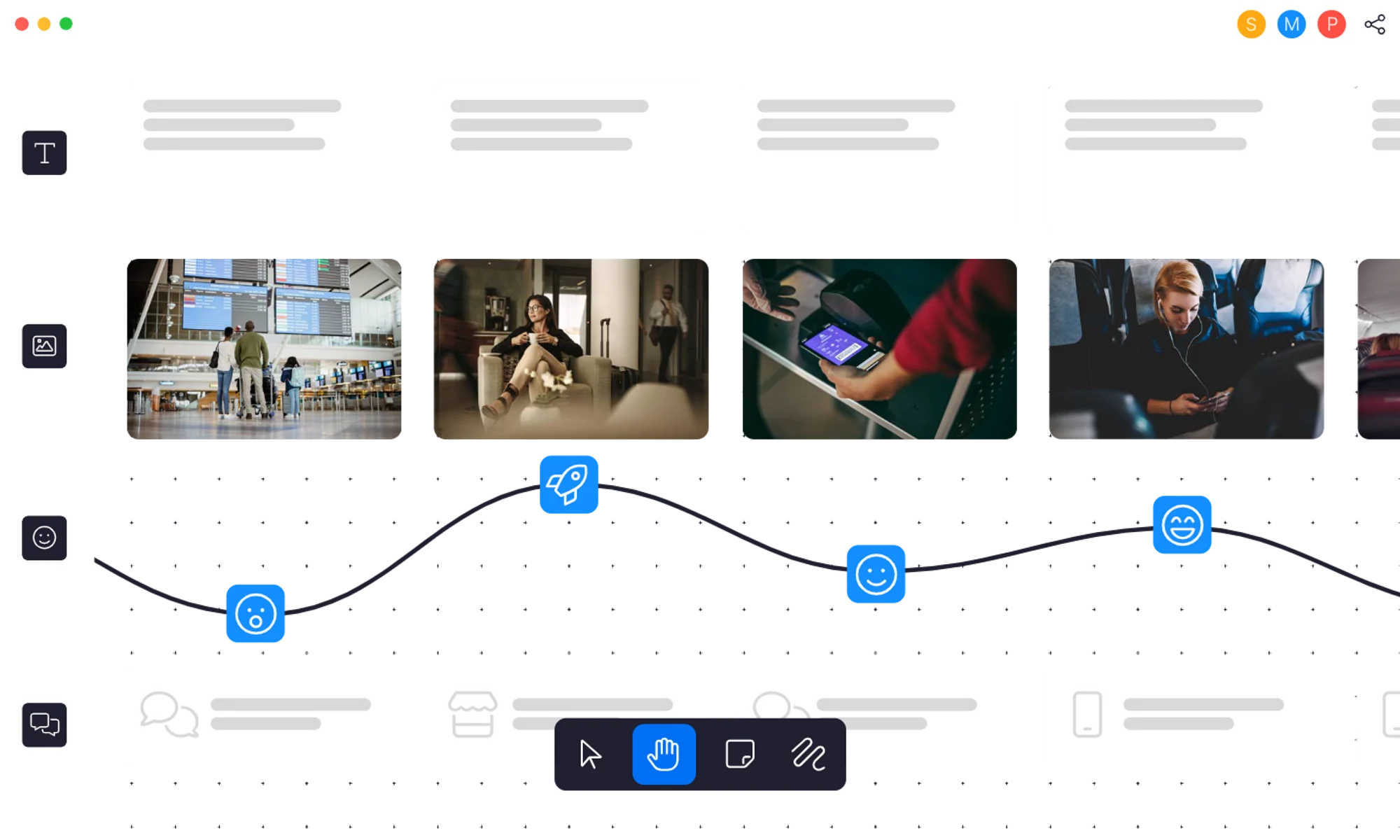
Google Analytics
It’s a powerful tool that provides insight into web traffic, engagement, and conversions. With this information, businesses can evaluate the performance of their customer journey mapping efforts and identify areas for improvement.
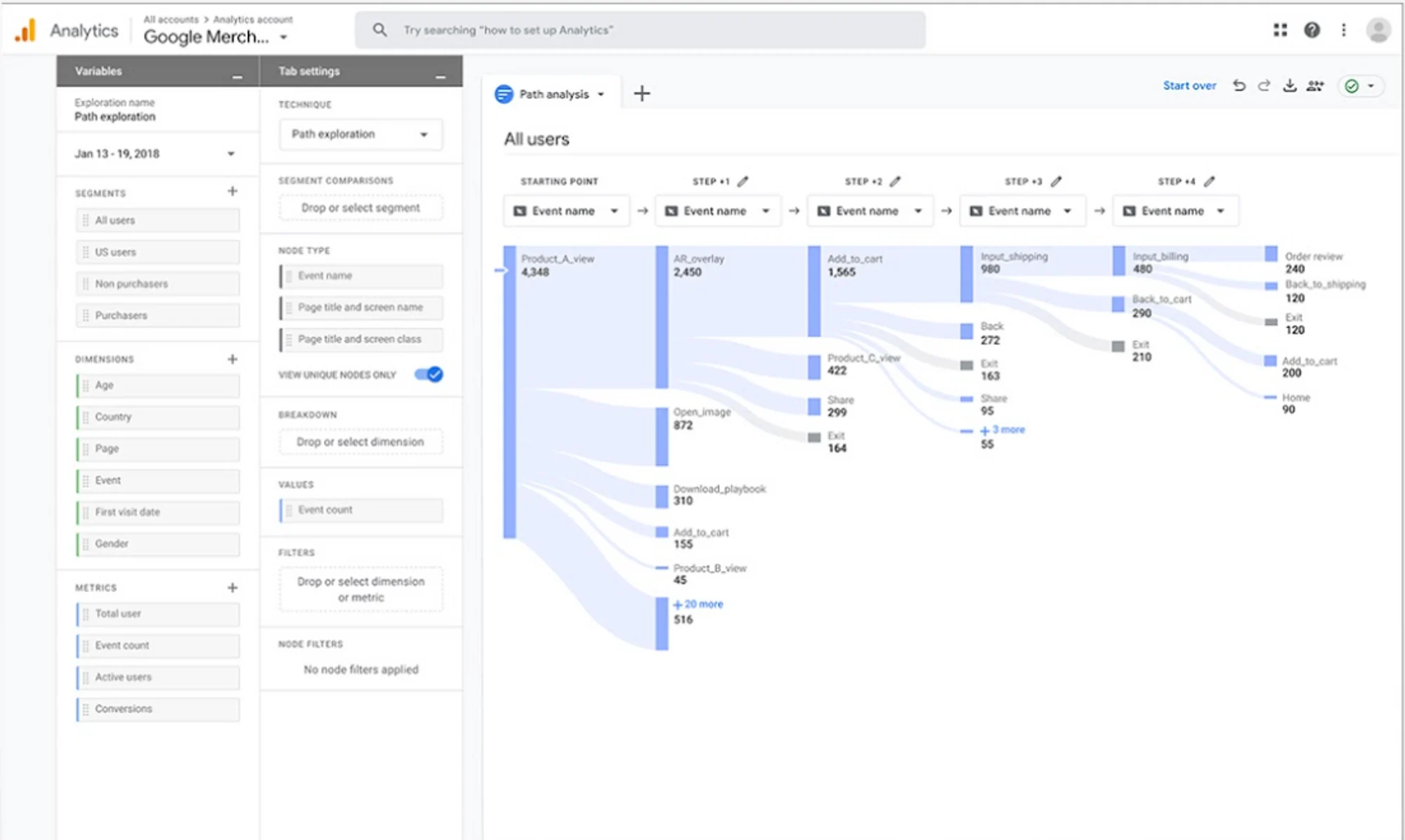
Kissmetrics
Kissmetric collects data from various web, mobile, email, and social media channels to provide a comprehensive overview of customer interactions. This can help companies better understand their customer journey mapping efforts and make changes accordingly.
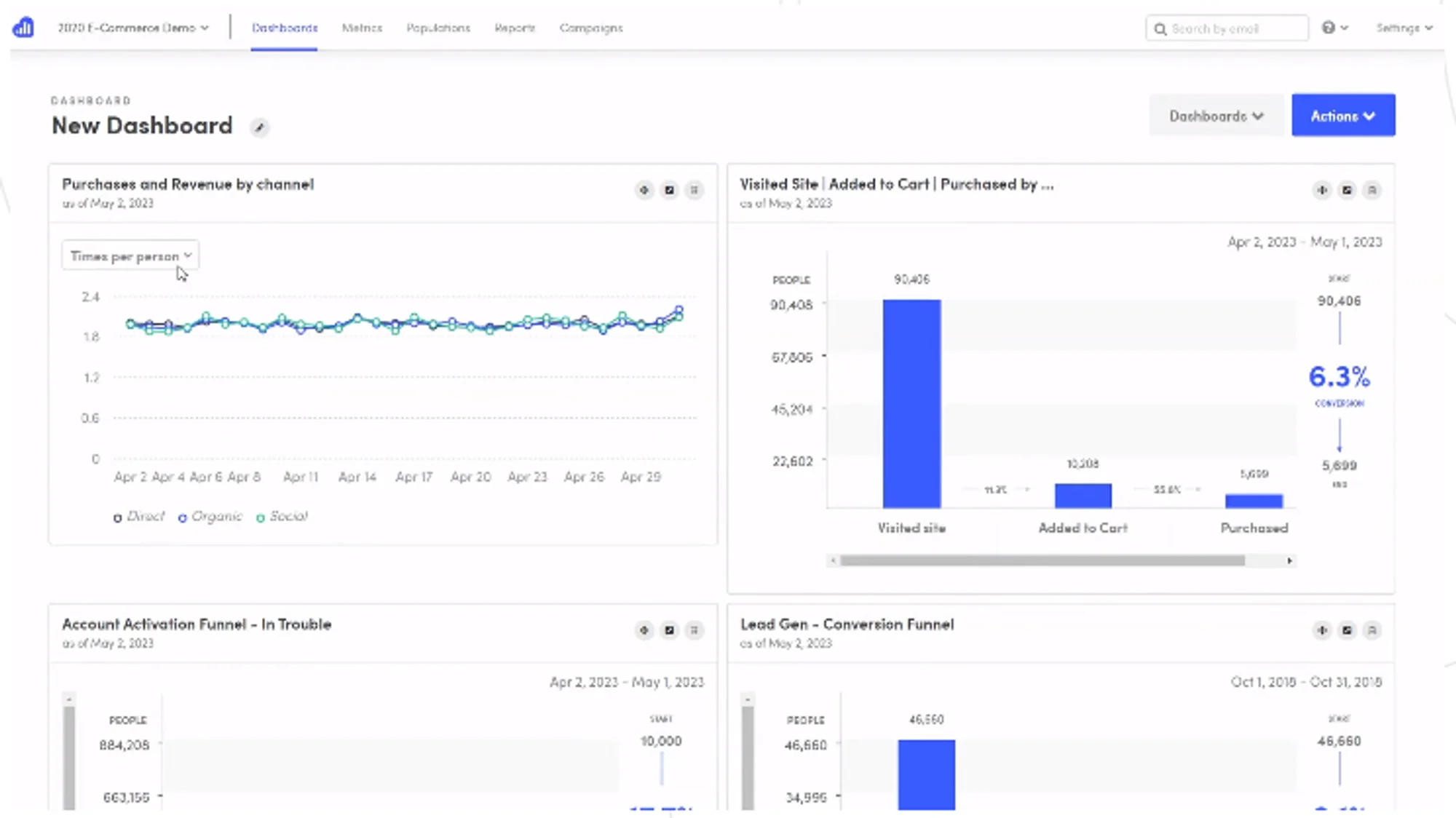
Brandwatch
A tool that helps businesses monitor their brand's presence online. By tracking customer engagement across different channels, companies can get insights into how people interact with their brands and use this information to optimize the customer journey.

Hootsuite
A social media management platform assisting companies in monitoring customer engagement on social media platforms. The tool provides detailed analytics of customer preferences and identifies areas for improvement in the omnichannel experience.
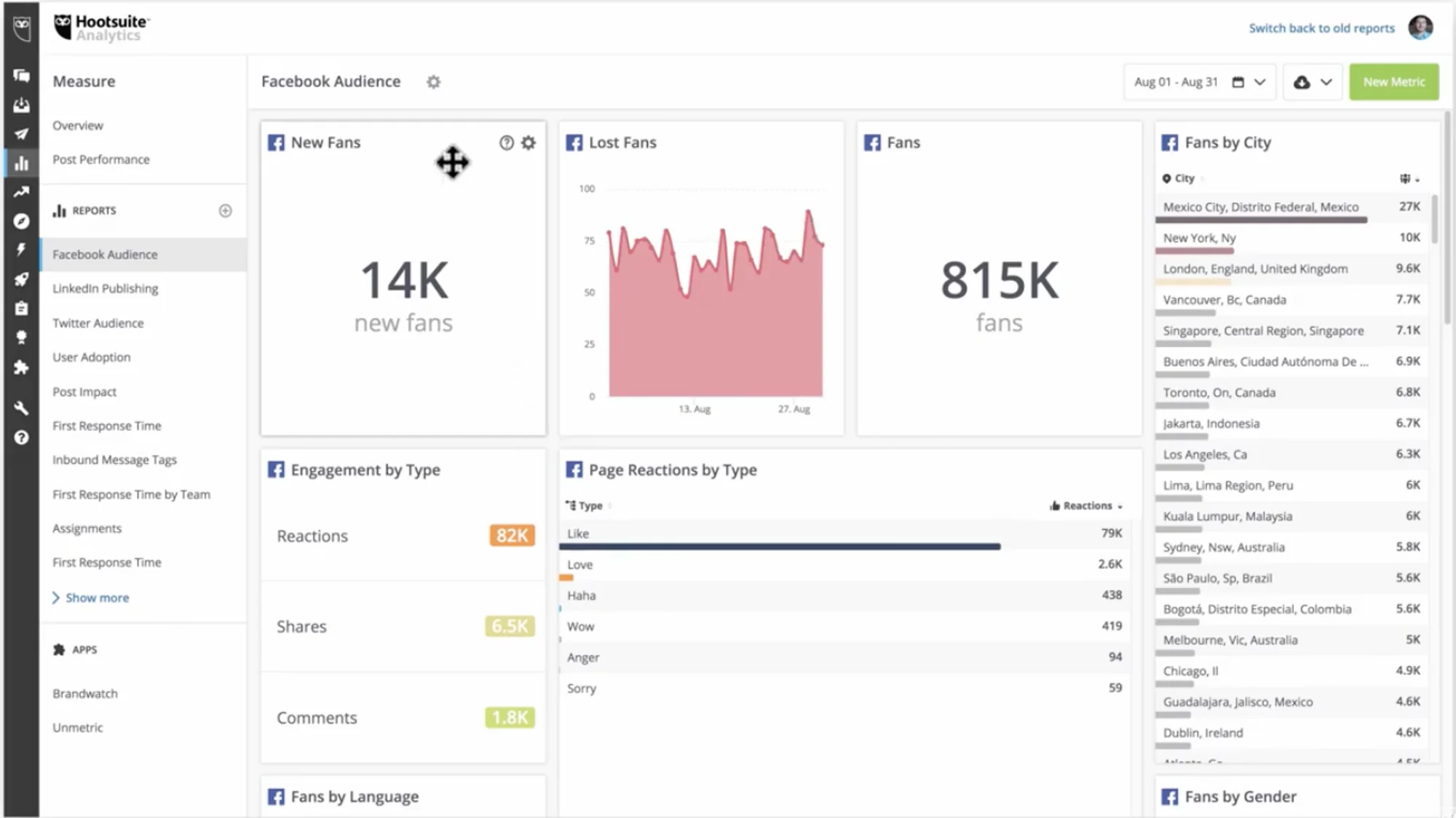
Optimal Workshop
Optimal Workshop is a comprehensive user research platform that allows companies to understand their customers' needs and behaviors through surveys, interviews, and usability testing. Companies can use this information to find opportunities for improvement in their customer journey mapping efforts and make changes accordingly.
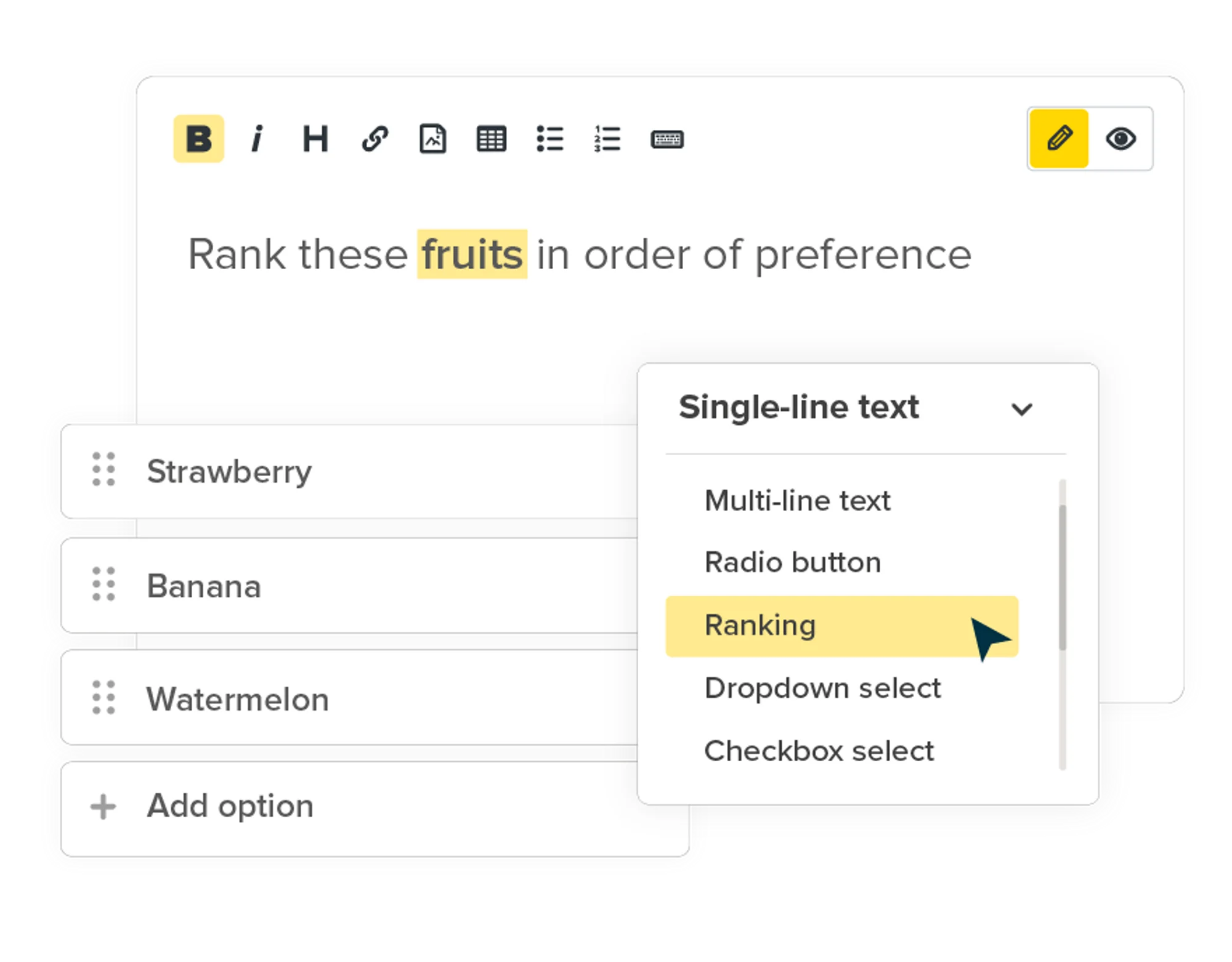
Zoho
Zoho is a cloud-based platform designed to help businesses gain insights into their customer journey mapping efforts. The tool provides detailed analytics on user behavior, engagement, and conversions. This can help businesses identify areas for improvement in their customer journey and make changes accordingly.
Mind that there are many alternative tools with various capabilities and price ranges. Hence you can always find something suitable for your business.
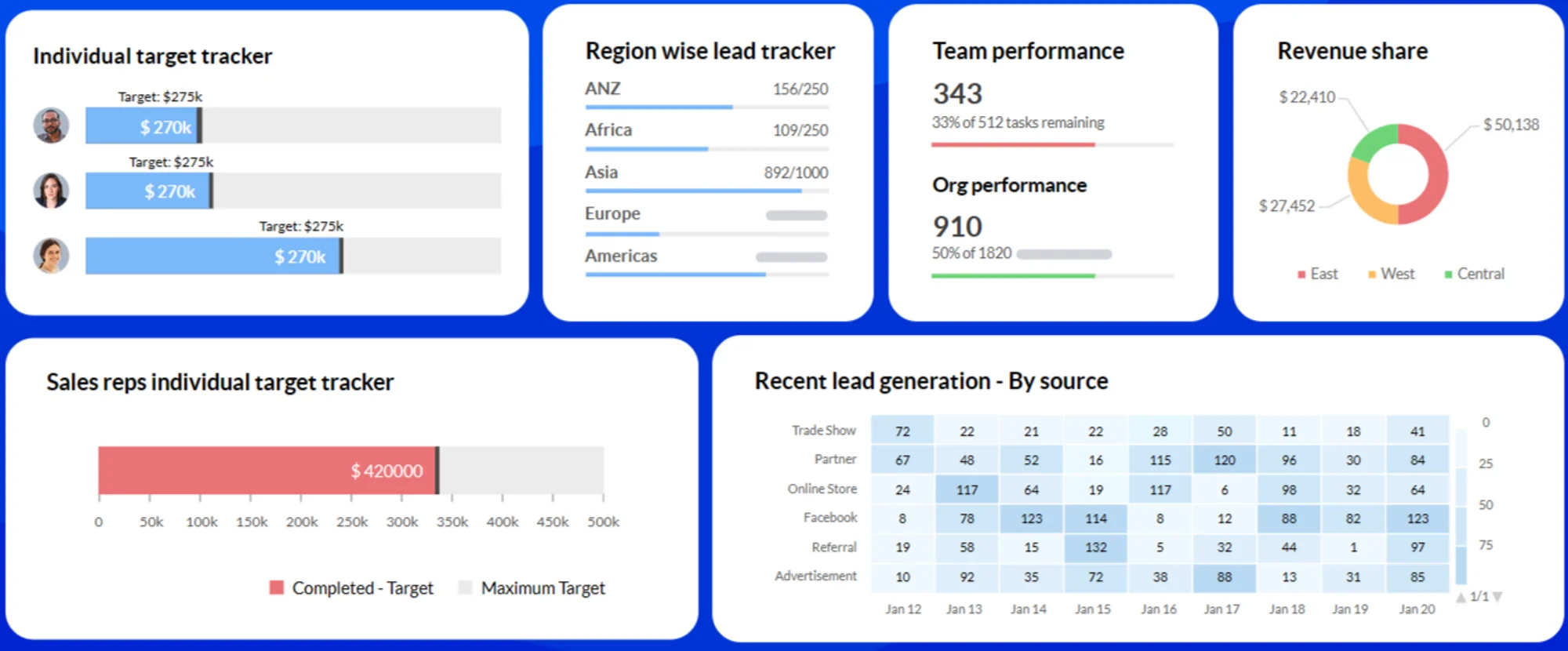
The Bottom Line
Omnichannel customer journey mapping can be a powerful tool for businesses looking to get an overall view of how their customers interact with their products or services across all channels.
By understanding customers' journeys better, companies can create experiences tailored toward each user and identify potential gaps in the current processes, all of which lead to increased brand loyalty over time. According to statistics, annual revenue growth for businesses with great omnichannel customer involvement is 9.5%, compared to 3.4% for businesses with poor omnichannel engagement. These numbers demonstrate the significant impact that omnichannel customer journey mapping can have on a business.
Although there may be some challenges associated with this process (automation issues, data collection/analysis, etc.), they can all be overcome by following the steps outlined above.
Frequently Asked Questions About Omnichannel Customer Journey Mapping
What Is an Omnichannel Customer Journey?
An Omnichannel Customer Journey is a multi-channel approach to marketing, selling, and serving customers in a way that creates an integrated and seamless customer experience. This journey encompasses all the different touchpoints a customer has with a brand, across multiple channels and platforms, such as online websites, physical stores, mobile apps, social media, and more. The primary goal of an omnichannel customer journey is to ensure a consistent and personalized experience for customers, regardless of how or where they choose to interact with the brand.
What Is Omnichannel Customer Journey Mapping?
Omnichannel Customer Journey Mapping is a strategic process of visualizing the path that a customer takes across multiple channels when interacting with a brand. This mapping process involves outlining all the consumer interactions and touchpoints with your brand, from the initial discovery to the final purchase and beyond.
What Does Omnichannel Marketing Mean for Customer Journey Mapping?
Omnichannel marketing and customer journey mapping go hand in hand. In the context of customer journey mapping, omnichannel marketing means creating a unified and seamless customer experience across all channels and touchpoints.
Learn how to deliver unique and personalized customer experiences to increase conversions
